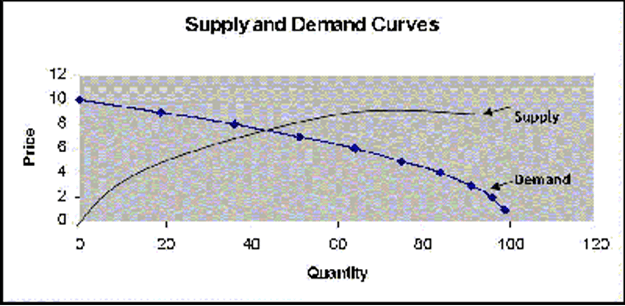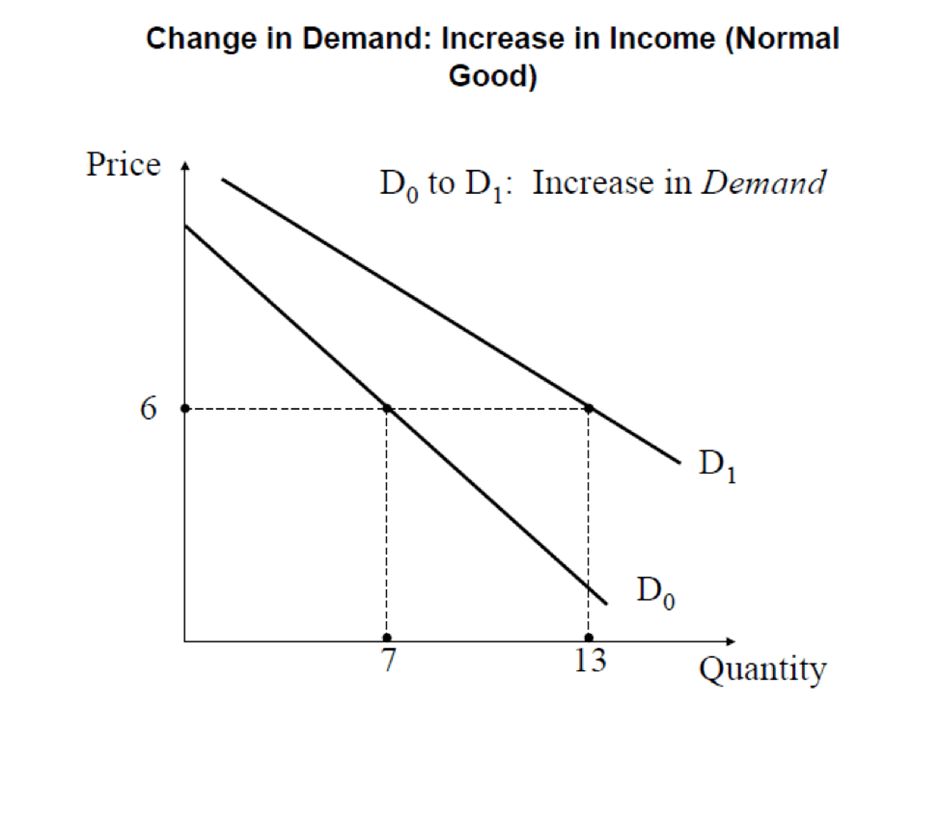An increase in prices means that the quantity demanded is higher at every price, whereas a decrease in prices is tantamount to the fact that the quantity demanded is lower at every price. Such are the relations between price and demand.
From the chart below it, the demand and supply Vis-a Vis price and quantity are shown.

This chart is representative of the fact that some people only want their demands to be satisfied and do not look for the prices. For others, however, prices are important since they will not be willing to pay more for the product. Thus manufacturers would need to first maintain stable prices at the beginning and later reduce prices to increase the quantum of off-takes. When prices are reduced, the demand may increase, and more products may be sold.

Changes in demand and supply lead to changes in price and in quantity bought and sold and vice versa. In the figure shown above, it is evident that with the change in the demand, there is a change in prices and quantity. For instance, the quantity has moved from 7 to 13 along the graph.
According to the dictates of microeconomics, the fall in prices could trigger off an increase in quantum demand for products since more people would like to use the opportunities for getting standard goods at lower prices. For the manufacturer, the stock rotation would be faster, and he would have fewer inventory costs besides larger margins. Also, the per-unit price may be lower, which he could pass on to the ultimate consumer.
The microeconomic aspects are described in this diagram which displays the pricing on the left axis and quantum of stocks in the middle axis.

In the above diagram, it is evident that when the price is maintained at P1, the quantities offered are around 230. When prices are reduced to P2, quantum is now around 600. Going further at P3, the quantum of demand would even increase to 1000 units.
In conclusion, it may be set forth that pricing and demand are indeed intertwined and underpin each other. In the case of competitive markets, it may not be easy to increase prices, but it is possible to reduce costs to achieve assigned profit targets.